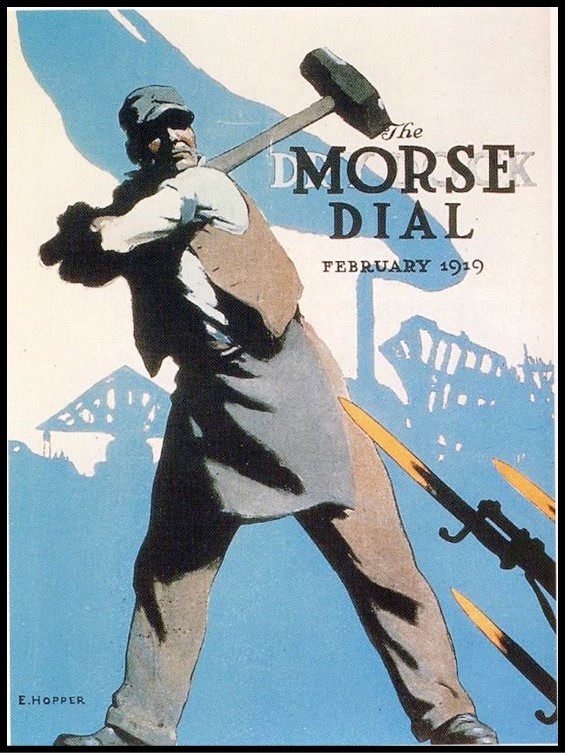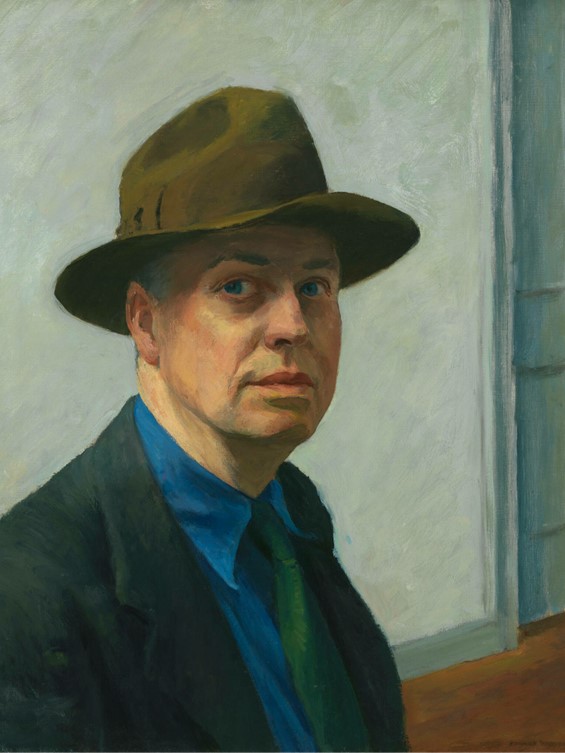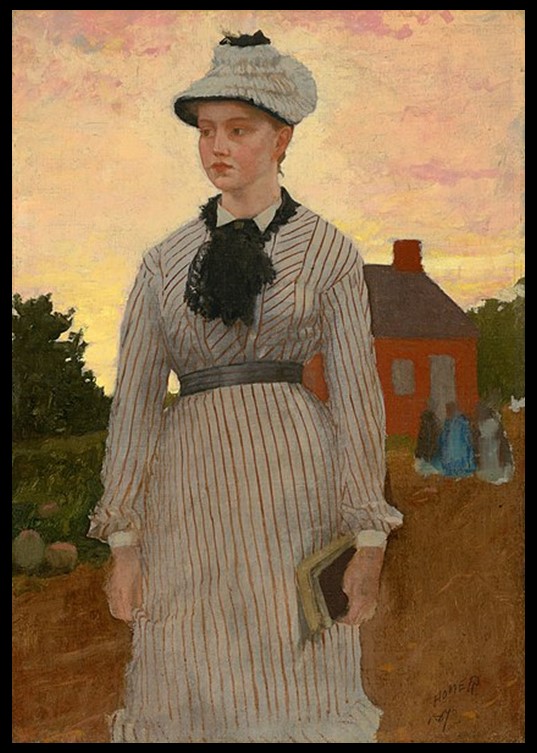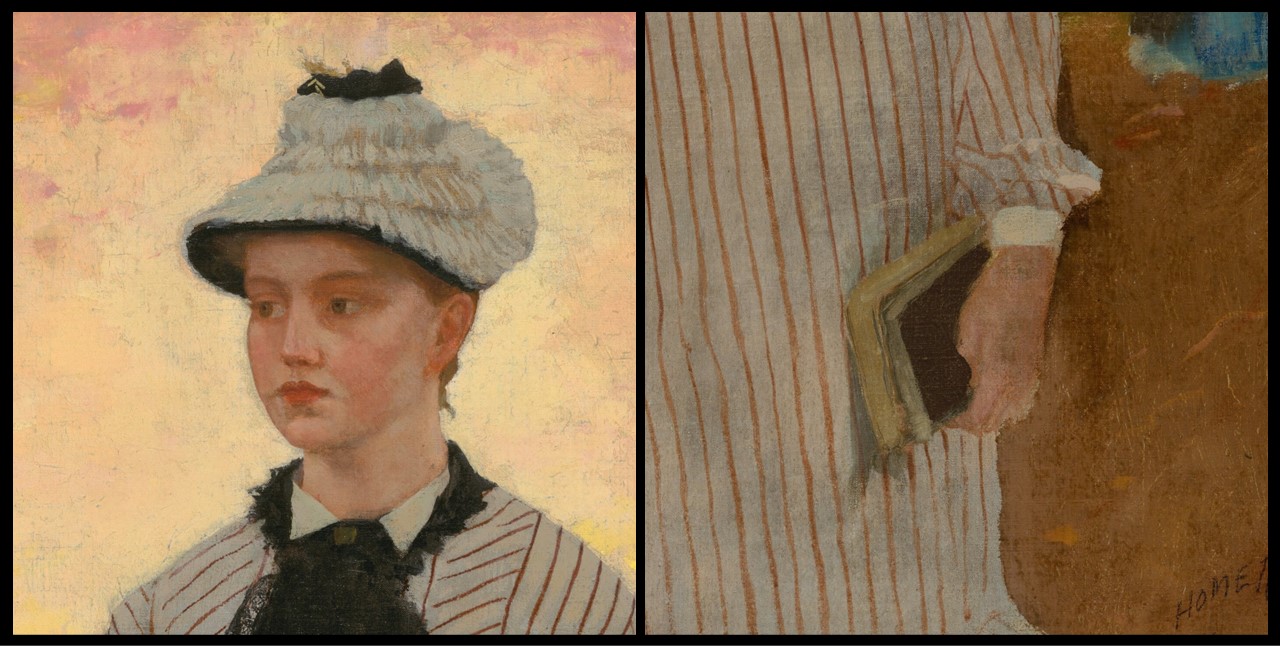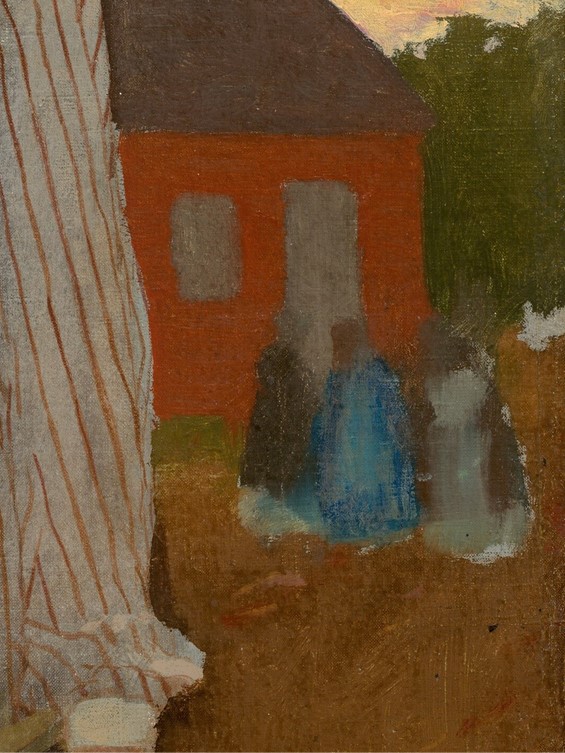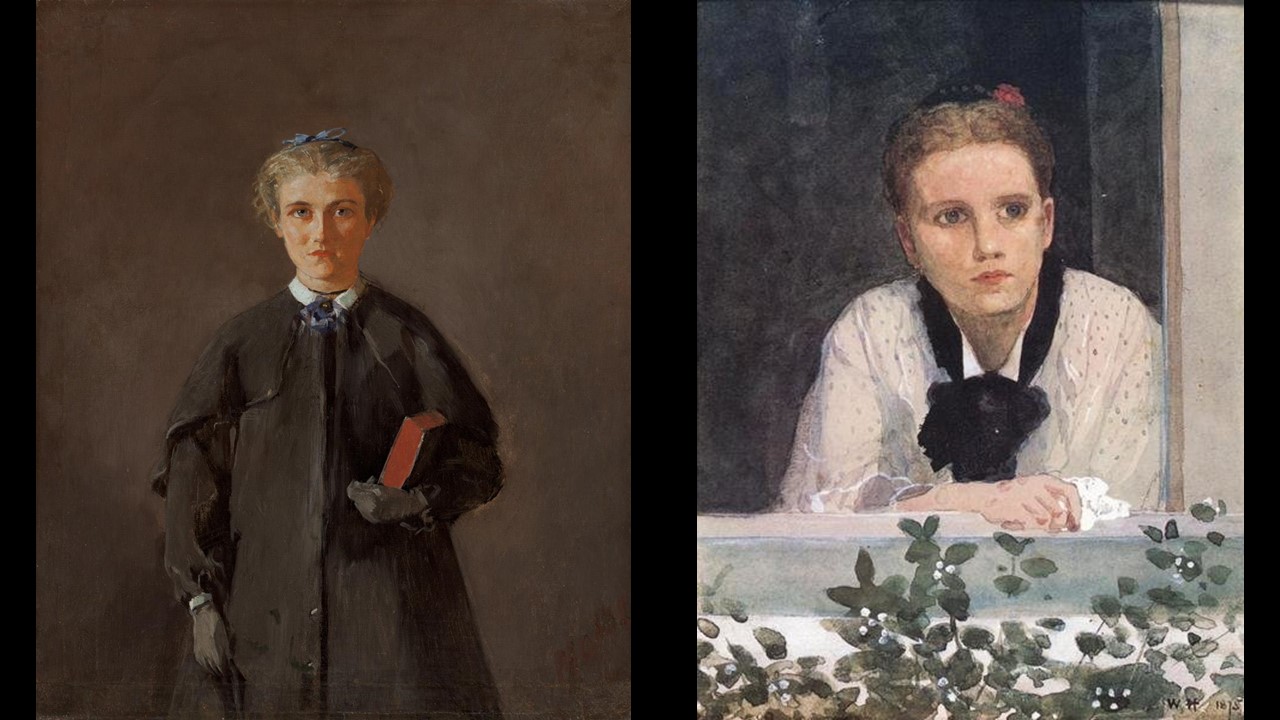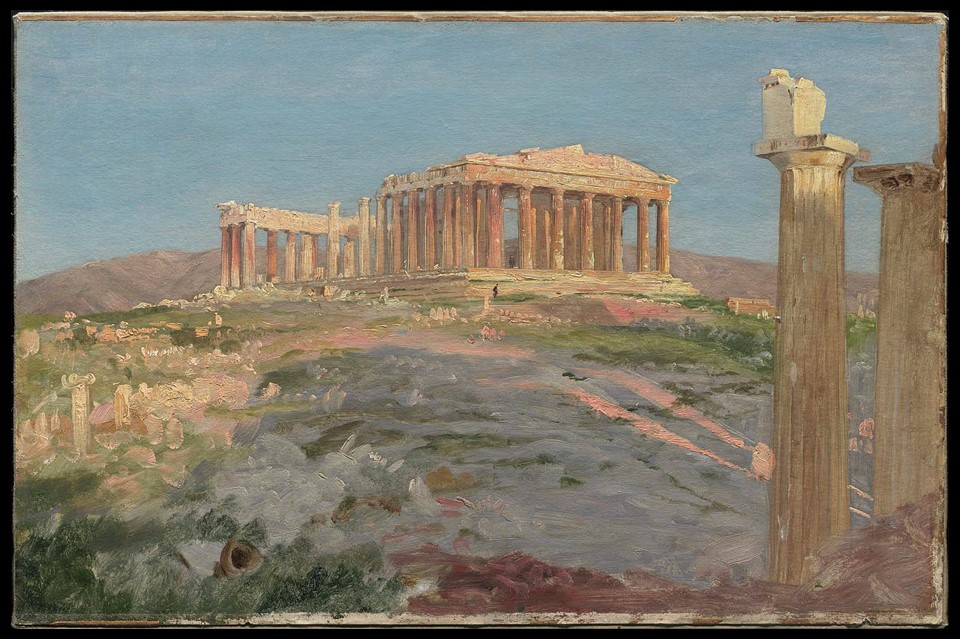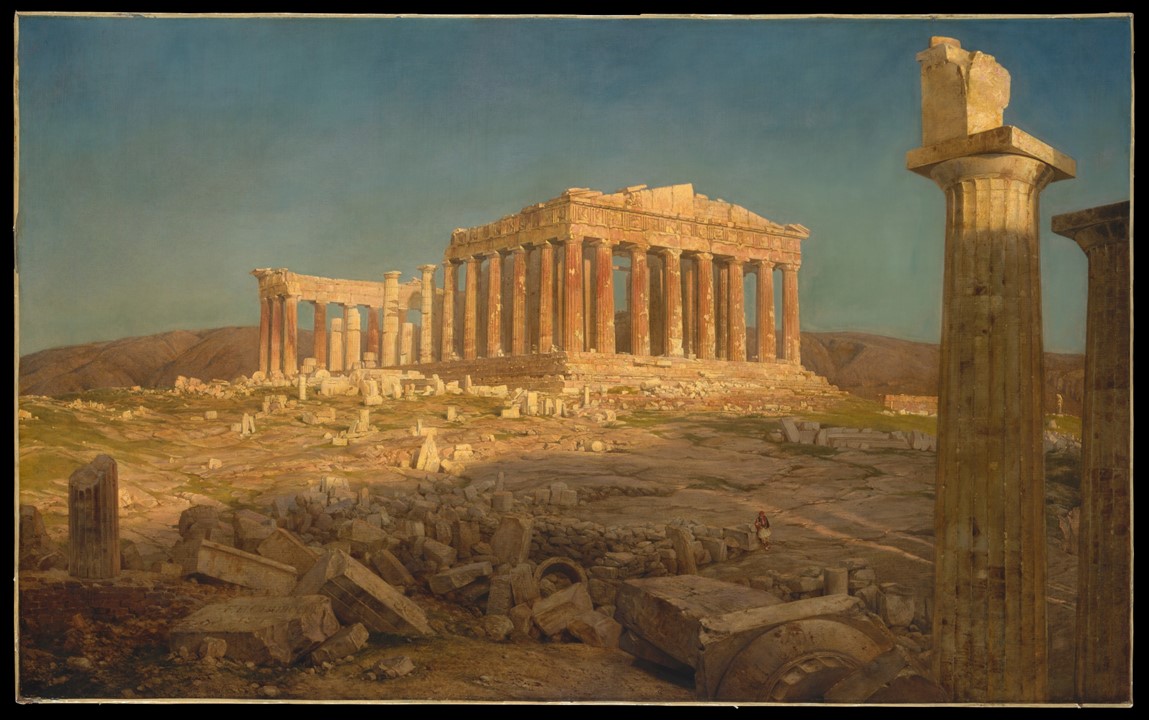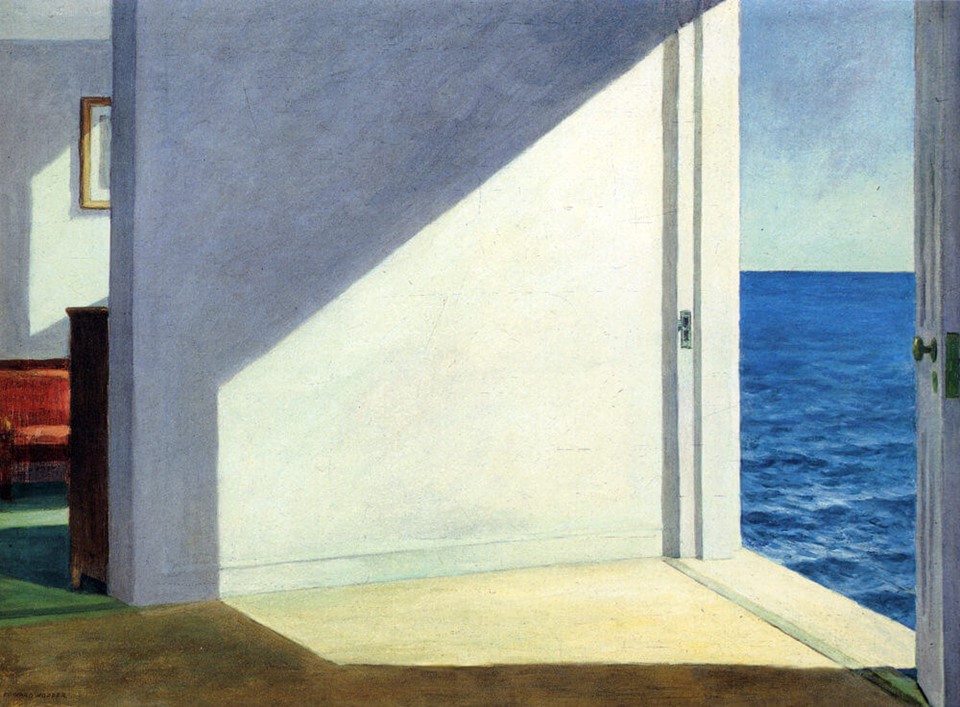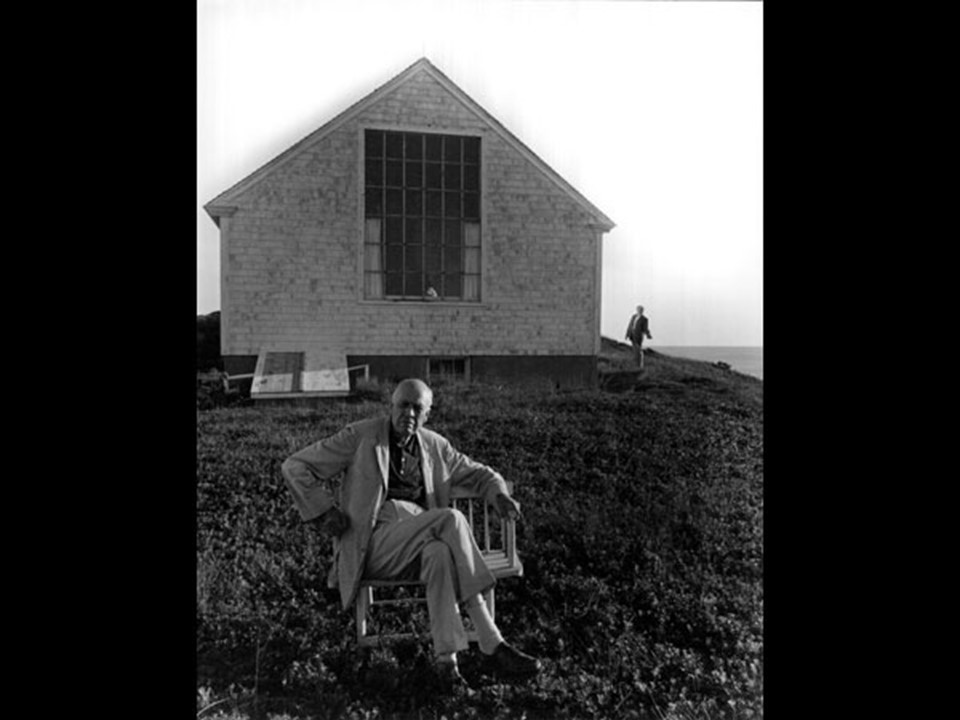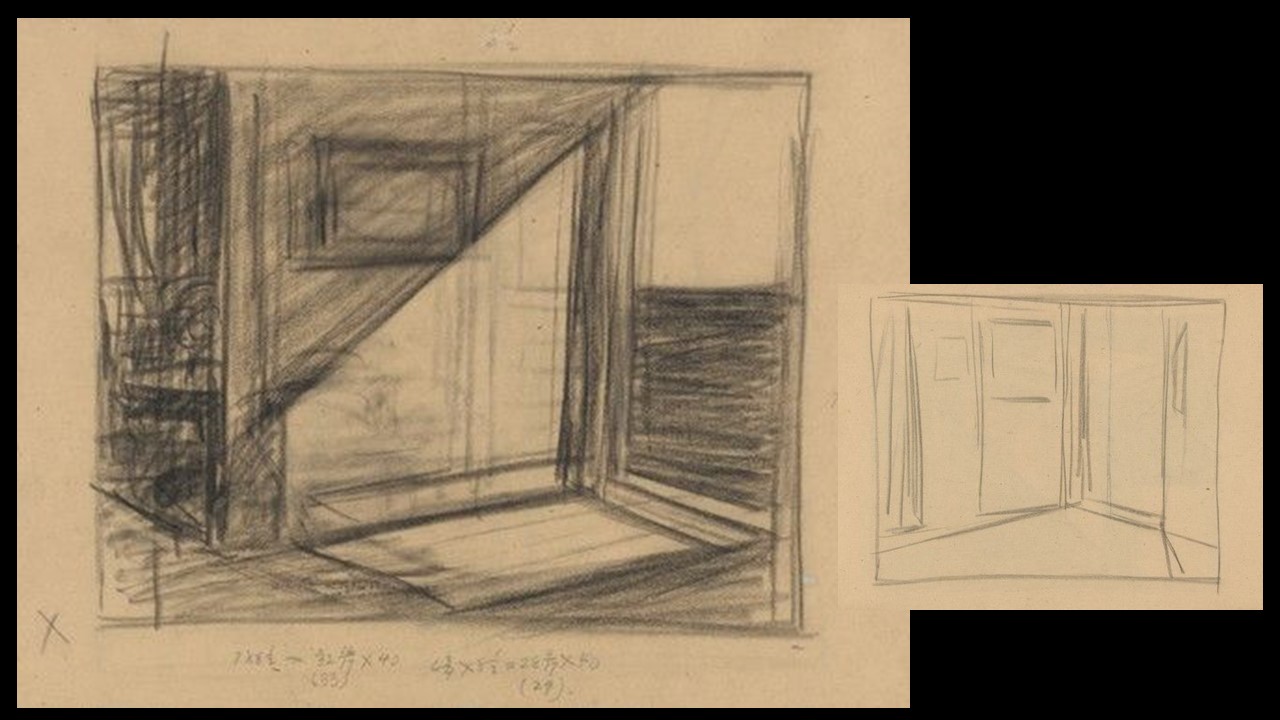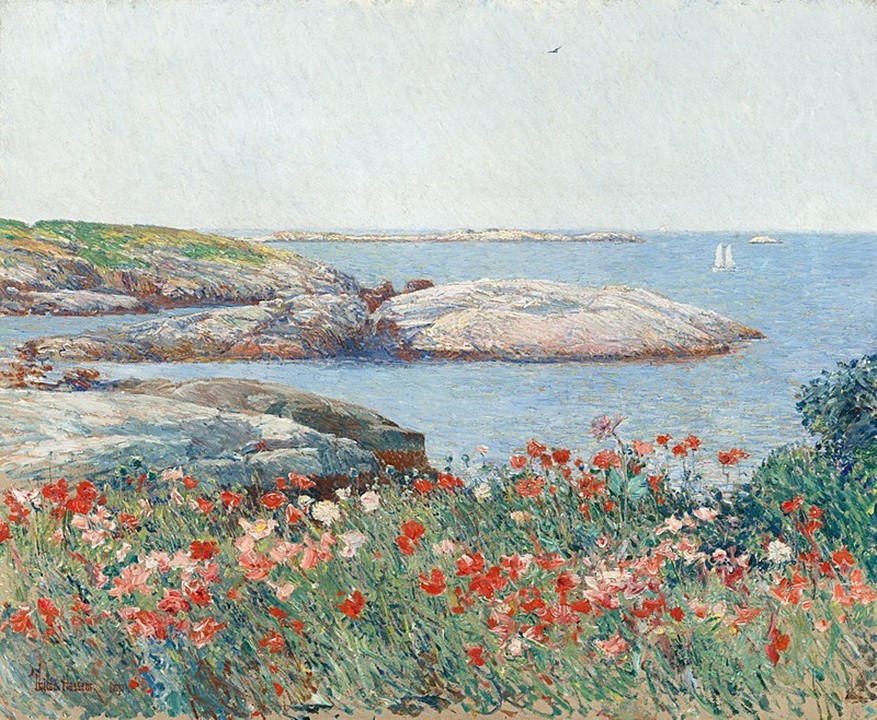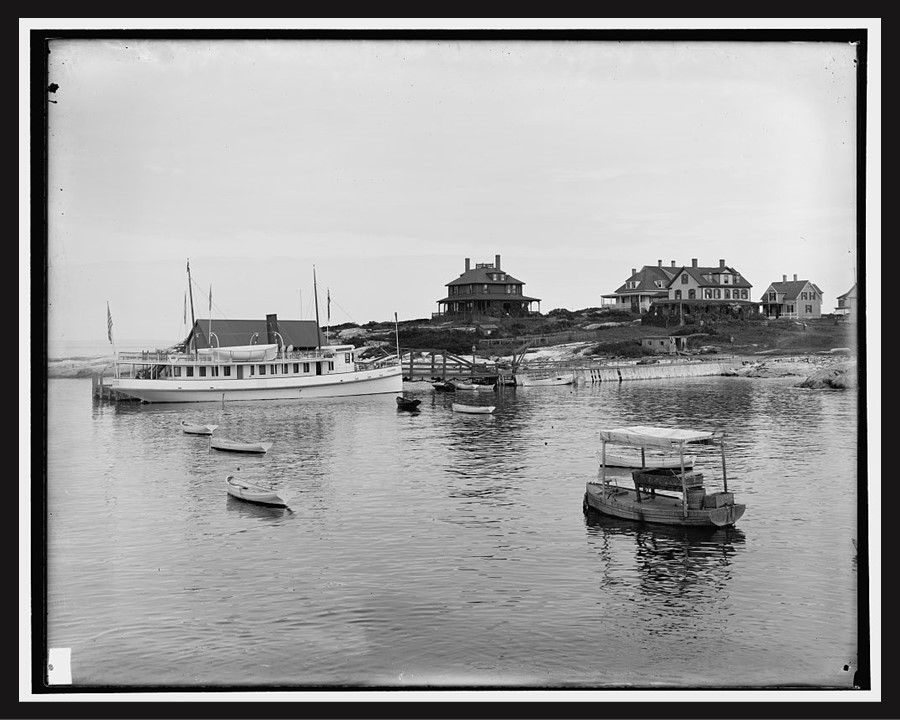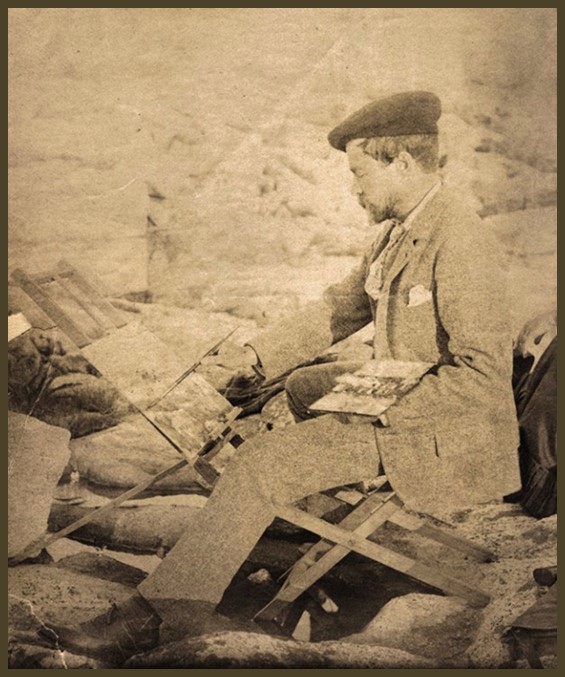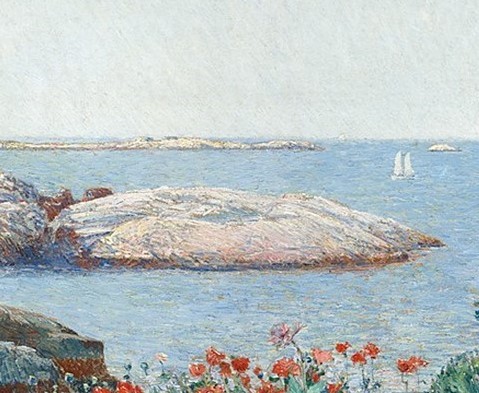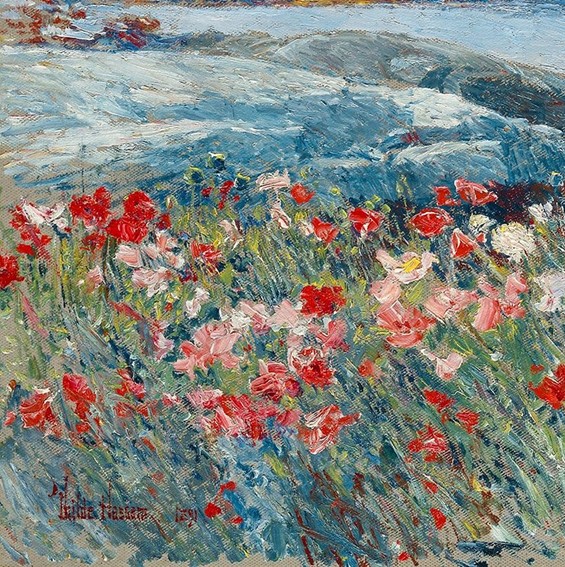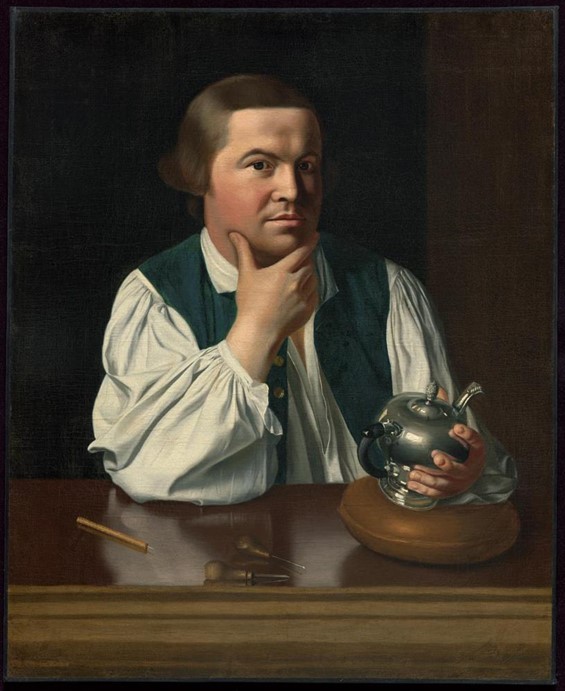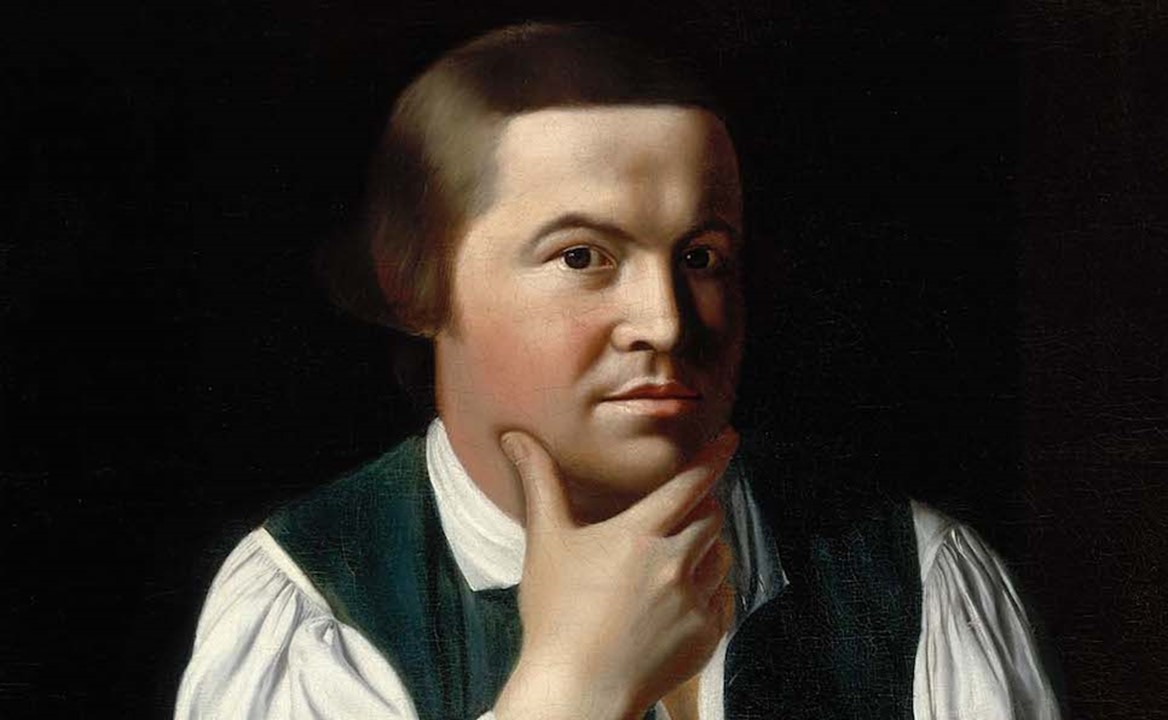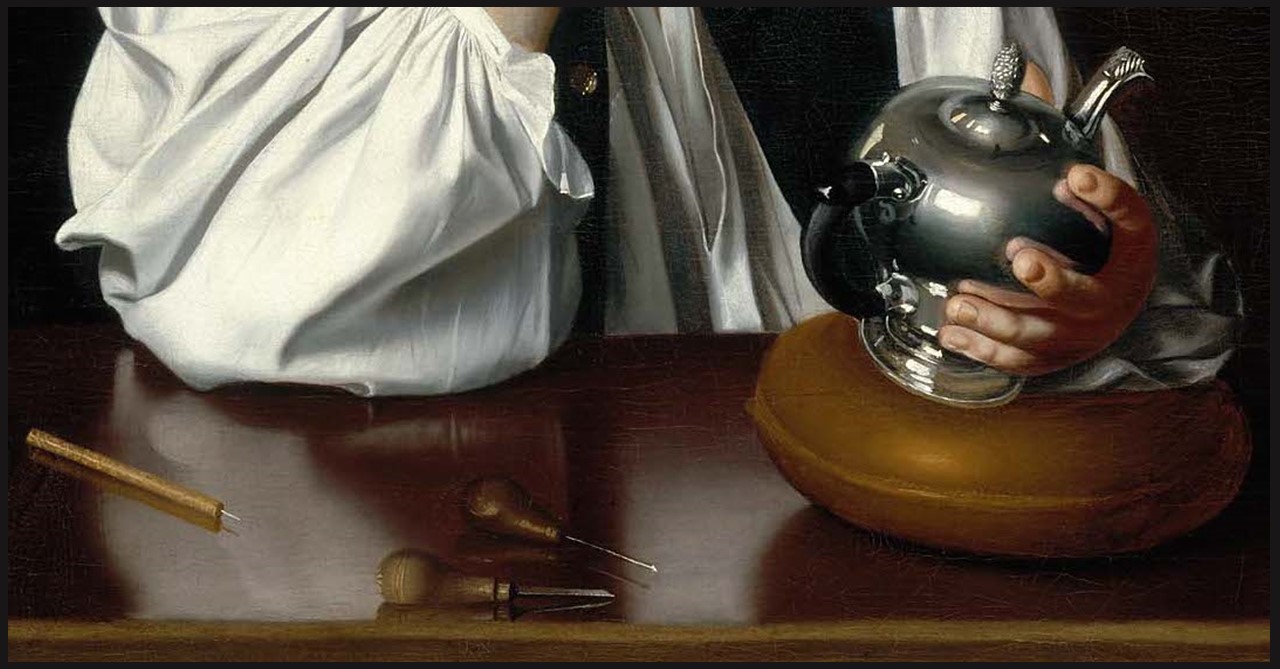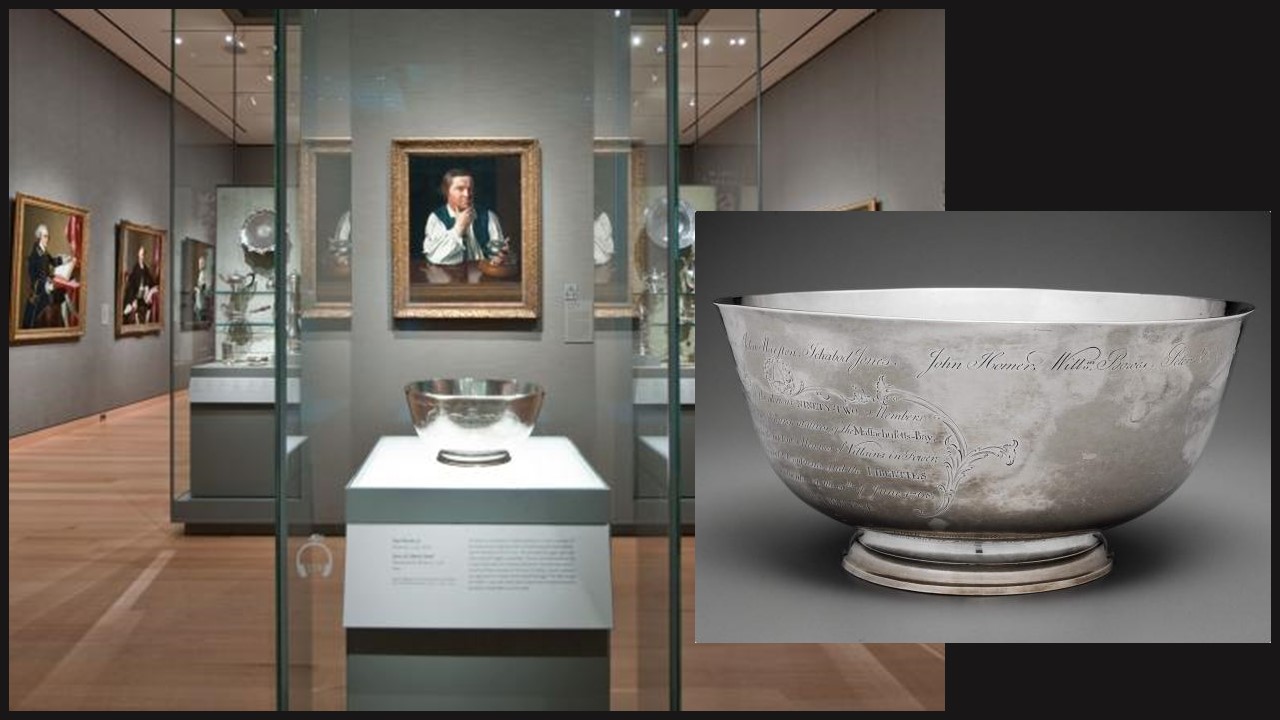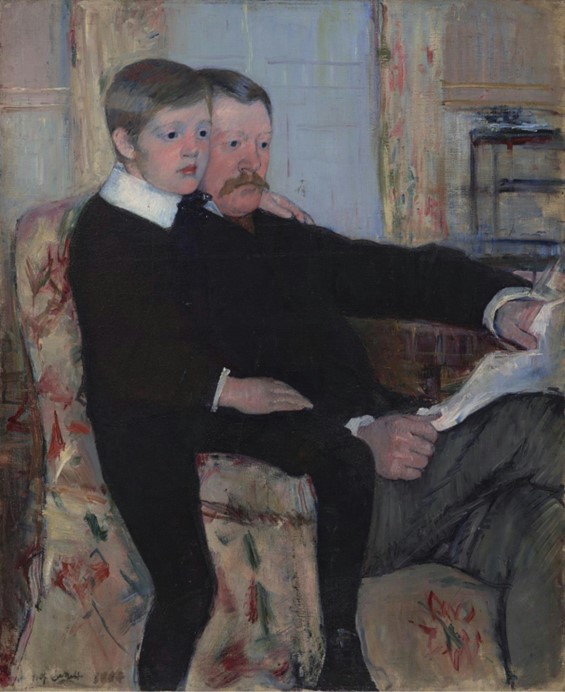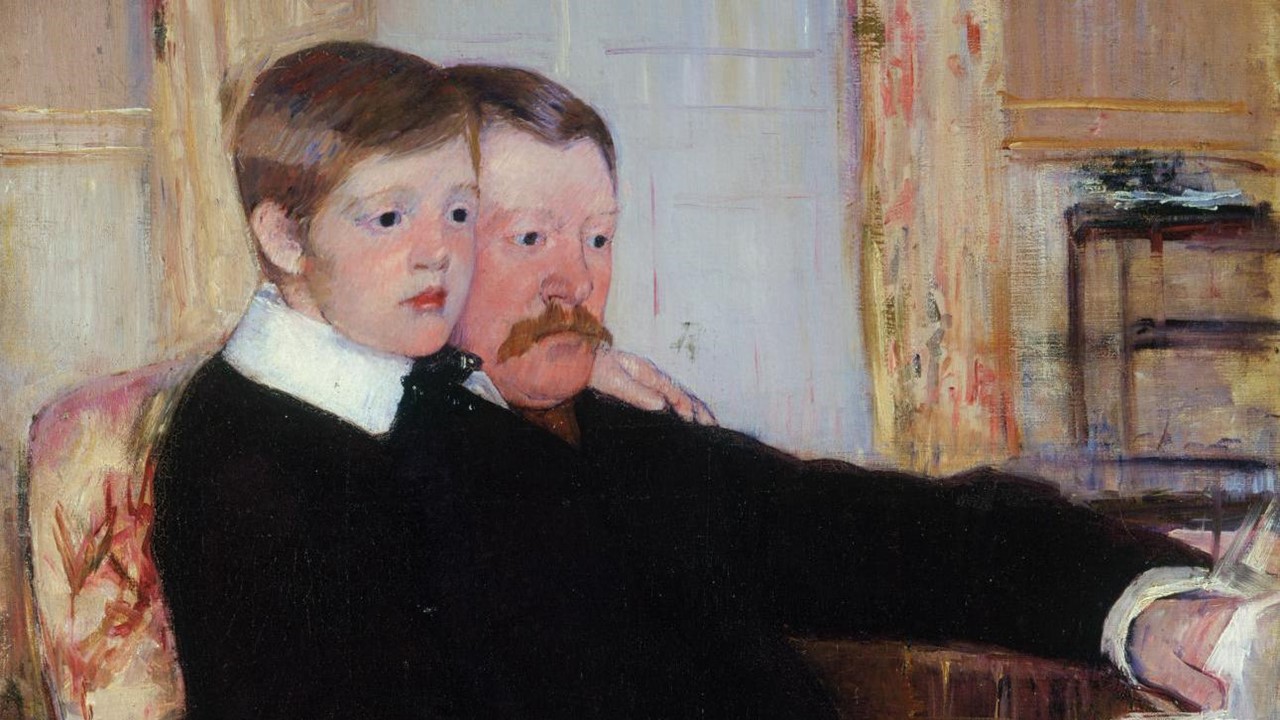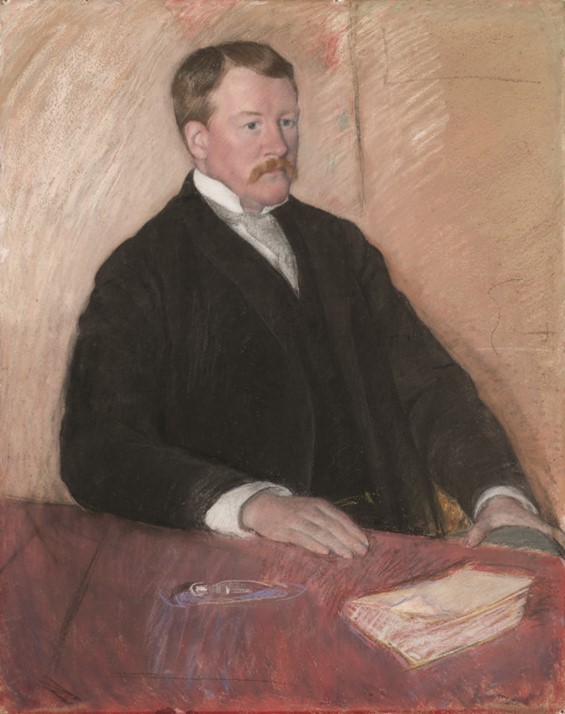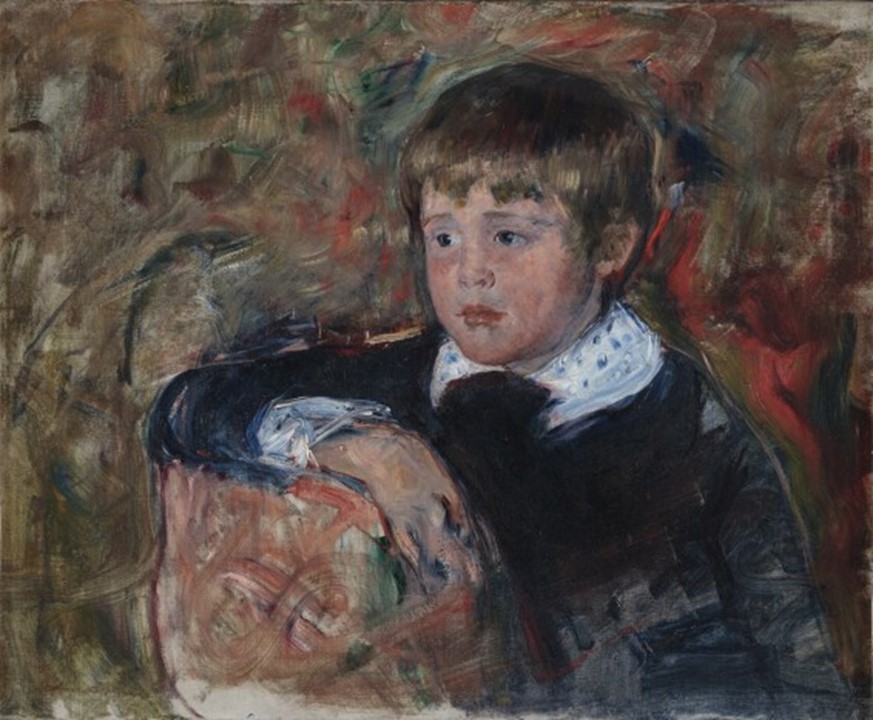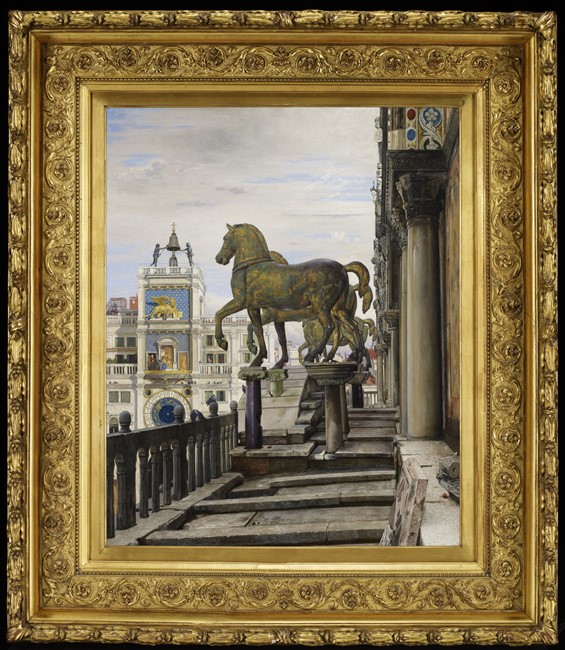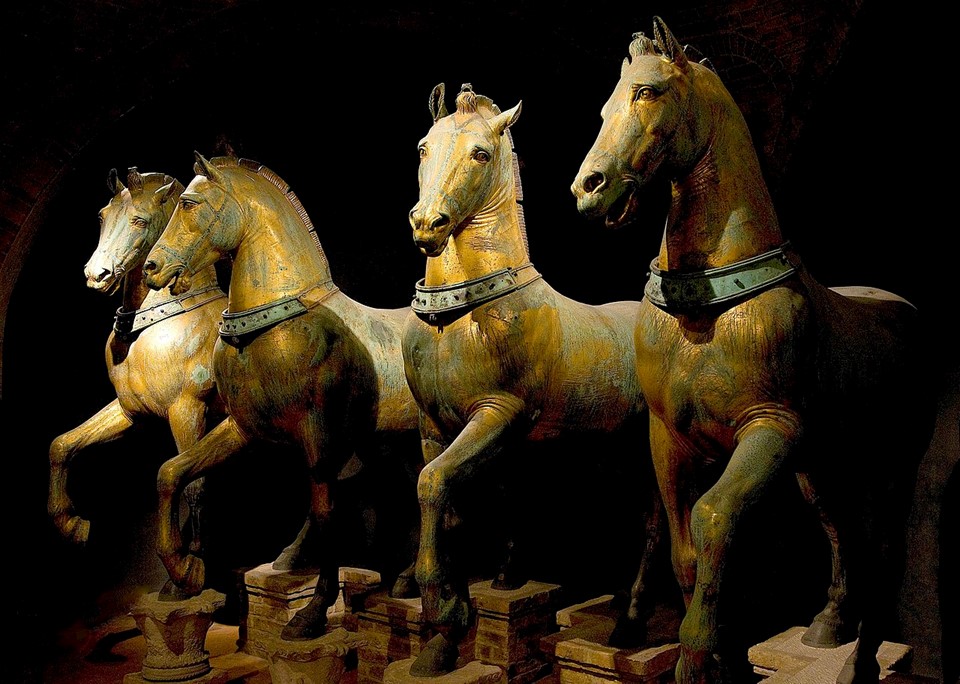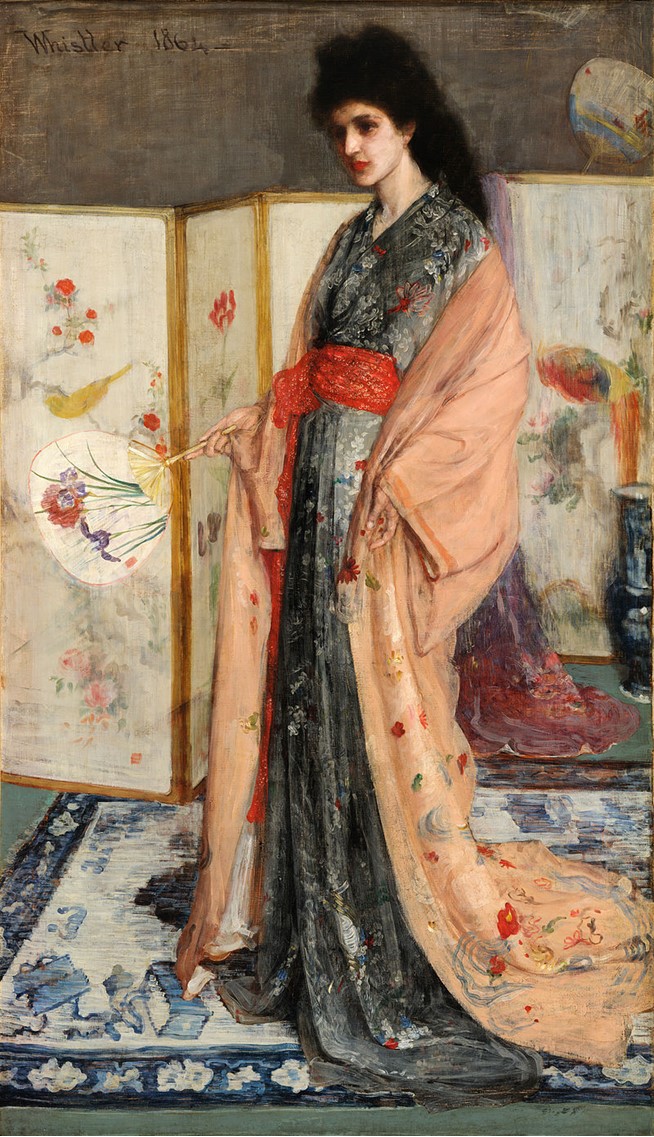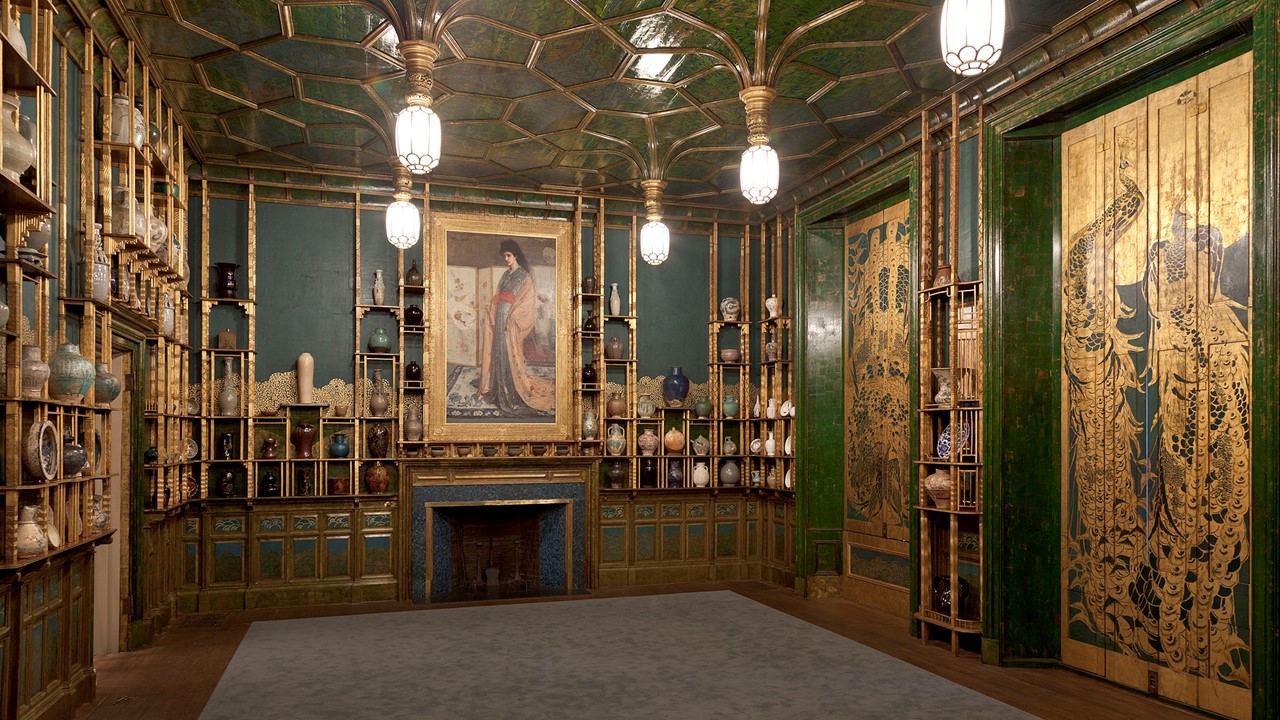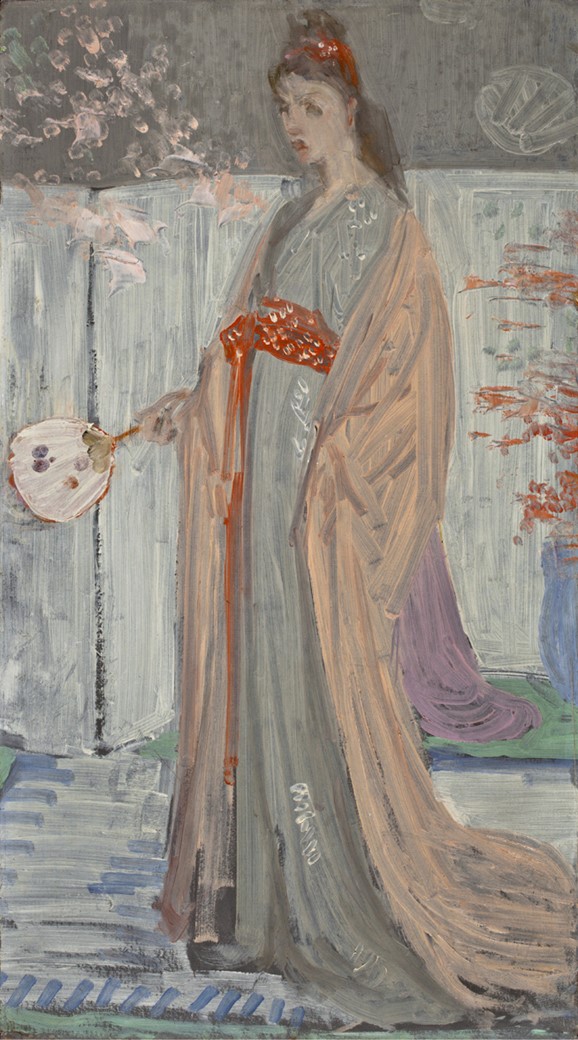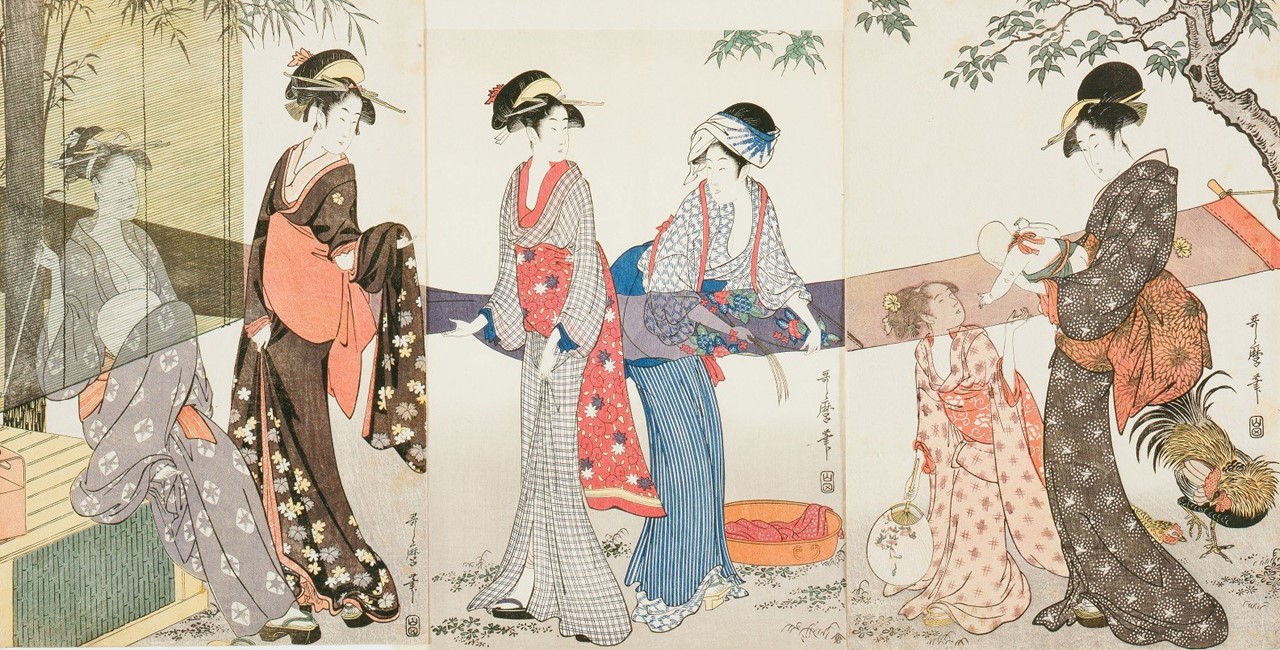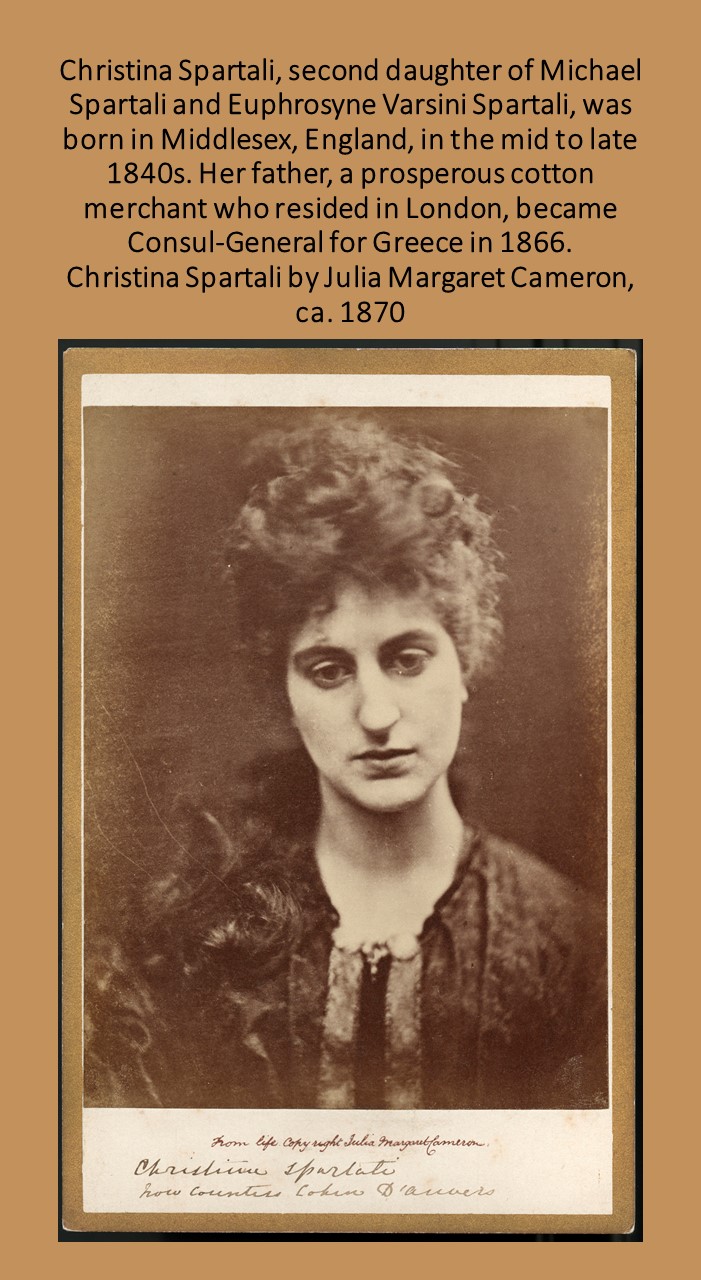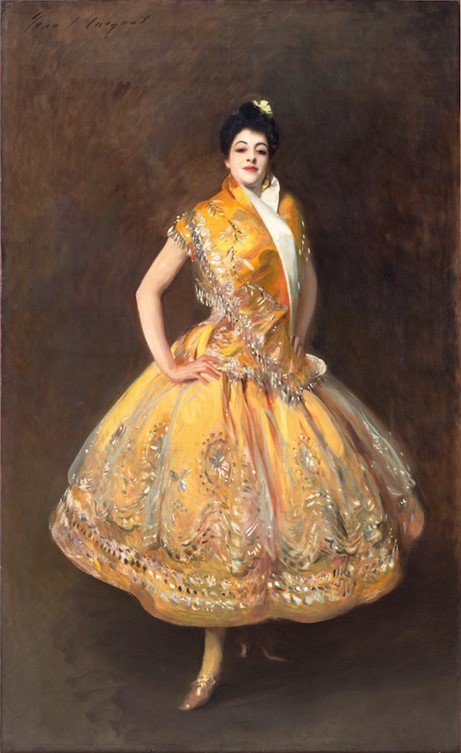
La Carmencita, c. 1890, Oil on Canvas, 229,0 x 140,0 cm, Musée d’Orsay, Paris, France
https://www.musee-orsay.fr/en/artworks/la-carmencita-9161
Celebrated as the leading society portraitist of his era, write the NGA experts, John Singer Sargent influenced a generation of American painters. His personal captivation with Spain resulted in a remarkable body of work that documents his extensive travels from the north to the south and to the island of Majorca. Over three decades Sargent responded to the country’s rich culture by producing landscapes and marine scenes, pictures of everyday life, and architectural studies, as well as sympathetic portrayals of the locals he encountered. La Carmencita by John Singer Sargent is one such painting I would like to learn more about… https://www.nga.gov/exhibitions/2022/sargent-and-spain.html
In 1889, while visiting the Exposition Universelle in Paris, John Singer Sargent had his first encounter with Carmen Dauset Moreno, known as La Carmencita (1868 – 1910), the famous Spanish-style dancer, who danced at the Nouveau Cirque with great acclaim. Sponsored by theatrical agent Bolossy Kiralfy at first, La Carmencita became a theatrical sensation in the United States dancing in the ballet Antiope. In 1890, under the management of John Koster and Albert Bial, she performed in their 23rd Street Concert Hall with great success. Carmencita is the first woman performer to appear in front of an Edison motion picture camera and may have been the first woman to appear in a motion picture in America. https://en.wikipedia.org/wiki/Carmencita
Sargent, enamored with Spanish music, and dancing since the 1880s, described La Carmencita as a bewildering superb creature. In 1890, the same year William Merritt Chase did his portrait of the famous dancer, Sargent persuaded a restless and demanding Carmencita pose for him. He was restless as well… and he made many studies of her dancing, but in the end, he opted to portray her in a stationary pose. According to the MET Museum experts the critics were divided… how dare did Sargent represent ‘a common music hall performer in such a monumental way…’ https://www.culturezohn.com/culturedpearls/tag/The+Met
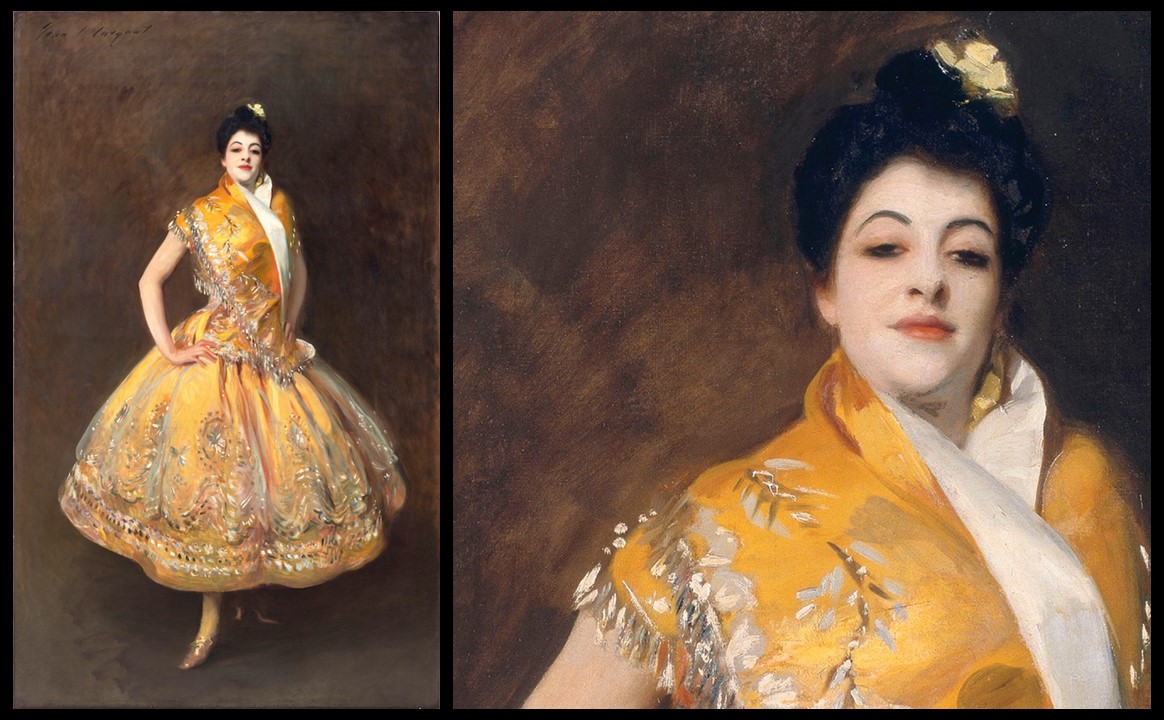
La Carmencita (and detail), c. 1890, Oil on Canvas, 229,0 x 140,0 cm, Musée d’Orsay, Paris, France https://www.facebook.com/artic/photos/pcb.10156398108568150/10156398121923150/?type=3&eid=ARAJqnf0ffscPXNE5DuZvOr1KSTg38J0yvdUPccBTitulGvhVU0Wpt-1YLwxNsNS_whsdRXHa7EE0-w9
Painted in bold colours, hands on hip, right leg extended, against a dark background to highlight his skills as a painter Sargent creates the portrait of a snapshot posing dancer. Her posture is elegant and majestic, projecting her magnetism. Her face, like that of several of Sargent’s models of the time, is rendered white and masklike from cosmetics, with arched eyebrows, hinting at a proud, even haughty presence. Using a charming theme, swift brushstrokes, and washes of warm earthy colours, Sargent created a magnificent painting of feminine allure. When during 1890 La Carmencita was exhibited in Chicago, crowds of visitors went to the Art Institute to admire the famous painting. In 1892, two years after its creation, the painting was purchased from the artist by the French state. Today La Carmencita is in the collection Musée d’Orsay. https://www.metmuseum.org/art/collection/search/21453
For a PowerPoint on Sargent and Spain, please… Click HERE!
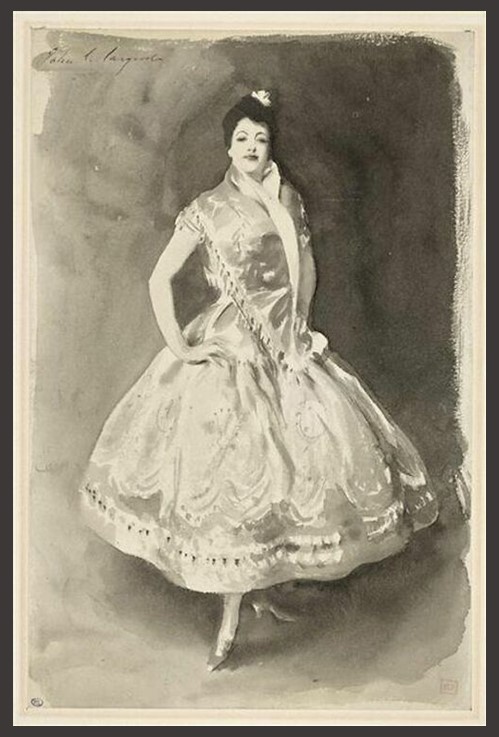
La Carmencita, c. 1890-1910, Brush on Paper, 0.346 x 0.226 m, Louvre Museum, Paris, France, Musée d’Orsay, Paris, France
https://collections.louvre.fr/en/ark:/53355/cl020500419
From the Library of Congress, Washington DC, La Carmencita, the Spanish Performer, as she danced in front of an Edison motion picture camera. Filmed by William Heise, March 10-16, 1894, in Edison’s Black Maria studio… https://www.youtube.com/watch?v=-15jwb1ZTMA
The Sargent and Spain Exhibition can be seen in the National Gallery in Washington DC (October 2, 2022 – January 2, 2023). According to the NGA Experts, the Sargent and Spain Exhibition presents for the first time, approximately 120 dazzling oils, watercolors, and drawings, many of which are rarely exhibited. Also featured from the artist’s travels are some 28 never-before-published photographs, several almost certainly taken by Sargent himself. It is an Exhibition worth visiting! https://www.nga.gov/exhibitions/2022/sargent-and-spain.html
